Home>Furniture & Design>Office Furniture>How Often To Replace An Office Chair


Office Furniture
How Often To Replace An Office Chair
Modified: January 14, 2024
Learn the best practices for replacing your office chair to ensure comfort and productivity. Discover the ideal frequency for upgrading your office furniture.
(Many of the links in this article redirect to a specific reviewed product. Your purchase of these products through affiliate links helps to generate commission for Storables.com, at no extra cost. Learn more)
**
Introduction
**
When it comes to office furniture, the humble office chair is an essential component of a productive and comfortable workspace. A good office chair not only supports your posture but also contributes to your overall well-being during long work hours. However, like all things, office chairs have a finite lifespan and require replacement at some point. Understanding when and how often to replace an office chair is crucial for maintaining a healthy and ergonomic work environment.
In this comprehensive guide, we will delve into the various factors that influence the lifespan of office chairs, the signs that indicate it's time for a replacement, the recommended frequency of chair replacement, and practical tips for extending the lifespan of your office chair. Whether you're a seasoned professional or a newcomer to the world of office furniture, this article will provide valuable insights to help you make informed decisions about your office chair maintenance and replacement needs.
So, let's embark on a journey to explore the nuances of office chair longevity and maintenance, empowering you to create a workspace that prioritizes comfort, productivity, and well-being.
**
Key Takeaways:
- Office chairs should be replaced every 7 to 10 years, but signs like visible wear, discomfort, or mechanical issues indicate the need for a new chair. Regular maintenance and care can extend a chair’s lifespan.
- Factors like material quality, usage intensity, and environmental conditions influence the frequency of office chair replacement. Proactive measures like regular cleaning, proper adjustment, and timely repairs can help extend a chair’s lifespan.
Read more: How To Replace Casters On An Office Chair
Factors to Consider
**
Several factors play a pivotal role in determining the longevity of an office chair. Understanding these factors can help you make informed decisions about when to replace your chair and how to extend its lifespan. Here are some key considerations:
-
Quality of Materials: The materials used in the construction of an office chair significantly impact its durability. High-quality chairs crafted from robust materials such as steel, aluminum, and premium upholstery tend to have a longer lifespan compared to chairs made from inferior materials.
-
Usage Intensity: The frequency and duration of chair usage are crucial factors. Chairs in high-traffic office environments that are used for prolonged periods each day are subject to more wear and tear compared to those in low-traffic or occasional use settings.
-
Maintenance and Care: Regular maintenance, including cleaning, lubrication of moving parts, and addressing minor repairs, can significantly prolong the lifespan of an office chair. Neglecting maintenance can lead to premature wear and reduced durability.
-
User Weight and Habits: The weight of the individuals using the chair, as well as their sitting habits, can impact its longevity. Chairs that consistently bear weight beyond their design limits or are subject to rough handling may deteriorate more rapidly.
-
Environmental Conditions: The office environment itself can affect the chair's lifespan. Factors such as temperature fluctuations, humidity, and exposure to sunlight can impact the materials and structural integrity of the chair.
-
Design and Ergonomics: Chairs designed with ergonomic features and adjustable components are often more durable, as they can accommodate a wider range of body types and provide better support, reducing the risk of premature wear due to poor posture.
Understanding these factors can help you assess the condition of your office chair and determine whether it's time for a replacement or if there are opportunities to extend its lifespan through proactive measures. By considering these factors, you can make informed decisions that promote a comfortable and sustainable office environment.
**
Signs it’s Time to Replace
**
Recognizing the signs that indicate a need for office chair replacement is essential for maintaining a supportive and safe work environment. Here are some common indicators that it’s time to bid farewell to your old office chair:
-
Visible Wear and Tear: Inspect the chair for visible signs of wear, such as frayed upholstery, cracks in the frame, or worn-out casters. These physical indications often signal that the chair has reached the end of its usable lifespan.
-
Loss of Support and Comfort: Over time, the padding and support mechanisms in an office chair may deteriorate, leading to discomfort and reduced ergonomic benefits. If you find yourself experiencing discomfort or lack of support during use, it may be time for a replacement.
-
Unstable or Noisy Mechanics: A chair with loose or squeaky components, such as the base, armrests, or backrest, can compromise safety and functionality. Mechanical instability is a clear sign that the chair may no longer be suitable for use.
-
Difficulty in Adjusting: If the chair’s adjustable features, such as height and tilt mechanisms, become difficult to operate or fail to hold their position, it can hinder proper ergonomic customization and indicate the need for a replacement.
-
Health and Safety Concerns: Persistent discomfort, back pain, or discomfort associated with prolonged chair usage can be indicative of a chair that no longer provides adequate support. Prioritizing the health and safety of users is paramount in determining when to replace an office chair.
By staying vigilant for these signs, you can proactively address the need for a new office chair before the existing one compromises comfort, productivity, or safety. Regular assessments of the chair’s condition can help you make timely decisions regarding replacement, ensuring that your workspace remains conducive to well-being and efficiency.
**
It is recommended to replace an office chair every 7-10 years, or sooner if it shows signs of wear and tear such as squeaking, wobbling, or discomfort. Regular maintenance can also extend the lifespan of the chair.
Frequency of Replacement
**
While the lifespan of an office chair can vary based on numerous factors, including quality, maintenance, and usage patterns, a general guideline for the frequency of replacement can provide valuable insight into managing office furniture budgets and ensuring ergonomic support. Here are key considerations for determining the frequency of office chair replacement:
Typical Lifespan: On average, a well-maintained high-quality office chair can last anywhere from 7 to 10 years. Chairs constructed with durable materials and designed for heavy use tend to have a longer lifespan, while chairs of lower quality may require replacement sooner.
Usage Intensity and Environment: Chairs in high-traffic office settings or environments with harsh conditions may experience accelerated wear and tear, necessitating more frequent replacement. Similarly, chairs used by individuals with heavier body weight or those subjected to rough handling may require earlier replacement.
Ergonomic Considerations: Chairs that fail to provide adequate ergonomic support or exhibit signs of wear that compromise user comfort and safety should be replaced promptly, irrespective of their age. Prioritizing the well-being of users is crucial in determining the timing of chair replacement.
Technological Advancements: With advancements in ergonomic design and materials, newer office chairs may offer enhanced features and durability compared to their predecessors. Upgrading to modern chairs that incorporate improved ergonomic principles and materials can positively impact workplace comfort and productivity.
Budgetary Planning: Incorporating a replacement cycle for office chairs into budgetary planning can help organizations manage expenses related to office furniture procurement. By anticipating the need for chair replacements based on their expected lifespan, businesses can allocate resources efficiently.
Ultimately, the frequency of office chair replacement should be guided by a combination of factors, including the chair’s condition, user feedback, budgetary considerations, and evolving ergonomic standards. Regular assessments of chair condition and user feedback can inform timely replacement decisions, contributing to a supportive and productive work environment.
**
Tips for Extending Chair Lifespan
**
Proactively caring for and maintaining your office chair can significantly extend its lifespan, ensuring long-term comfort and functionality. Here are practical tips to preserve the integrity of your office chair:
-
Regular Cleaning: Dust, spills, and debris can accumulate on the chair’s upholstery and moving parts, leading to premature wear. Regularly vacuuming or spot-cleaning the chair and its components can prevent dirt buildup and maintain its appearance.
-
Lubrication of Moving Parts: Periodically lubricating the chair’s moving components, such as casters and tilt mechanisms, can prevent friction-related wear and ensure smooth functionality. Consult the chair’s manual for recommended lubricants and application intervals.
-
Proper Adjustment and Usage: Encouraging users to adjust the chair to their body proportions and promoting proper sitting habits can minimize strain on the chair’s components. Avoiding rough handling and excessive force when adjusting the chair can also prevent mechanical stress.
-
Inspections and Timely Repairs: Regularly inspect the chair for signs of wear, loose fasteners, or damaged components. Addressing minor issues promptly can prevent them from escalating and prolong the chair’s usability.
-
Weight Limit Adherence: Ensure that the chair is used within its specified weight capacity. Overloading the chair beyond its design limits can lead to structural damage and premature wear, compromising its longevity.
-
Environment Control: Positioning the chair away from direct sunlight, extreme temperatures, and moisture can preserve its materials and structural integrity. Shielding the chair from environmental stressors can contribute to its long-term durability.
-
Periodic Maintenance: Consider scheduling periodic professional maintenance for the chair, especially in commercial settings or high-usage environments. Professional servicing can address intricate mechanical issues and ensure the chair’s optimal performance.
-
Invest in Quality: When procuring new office chairs, prioritize quality and durability. Investing in chairs constructed from robust materials and backed by reputable manufacturers can yield long-term benefits in terms of longevity and user satisfaction.
By implementing these proactive measures, you can maximize the lifespan of your office chair, minimize the frequency of replacements, and create a conducive and sustainable work environment for users. Consistent care and maintenance can preserve the comfort and functionality of office chairs, ultimately contributing to a productive and ergonomic workspace.
**
Read more: How To Recover An Office Chair
Conclusion
**
Office chairs are indispensable assets in creating a comfortable and supportive workspace, and understanding the dynamics of their longevity and replacement is essential for maintaining a productive environment. By considering factors such as material quality, usage patterns, and maintenance practices, individuals and organizations can make informed decisions about chair replacement and maintenance.
Recognizing the signs that indicate a chair’s declining condition, such as visible wear, loss of support, or mechanical instability, empowers users to proactively address the need for replacement, prioritizing the well-being and safety of individuals using the chairs.
While the typical lifespan of an office chair ranges from 7 to 10 years, the frequency of replacement is influenced by usage intensity, environmental factors, and evolving ergonomic standards. Budgetary planning and technological advancements also play a role in determining the timing of chair replacements, ensuring that users benefit from modern ergonomic principles and materials.
Moreover, by implementing practical measures such as regular cleaning, proper adjustment, and timely maintenance, individuals can extend the lifespan of their office chairs, reducing the frequency of replacements and promoting a sustainable work environment.
In conclusion, maintaining a balance between recognizing the signs for chair replacement, adhering to maintenance best practices, and considering ergonomic advancements can contribute to a workspace that prioritizes comfort, productivity, and well-being. By incorporating these insights into chair maintenance and replacement strategies, individuals and organizations can create supportive and sustainable work environments that enhance the overall quality of work life.
With a mindful approach to office chair maintenance and replacement, individuals and organizations can optimize the lifespan of their office chairs, fostering an environment where comfort, functionality, and well-being converge seamlessly.
Frequently Asked Questions about How Often To Replace An Office Chair
Was this page helpful?
At Storables.com, we guarantee accurate and reliable information. Our content, validated by Expert Board Contributors, is crafted following stringent Editorial Policies. We're committed to providing you with well-researched, expert-backed insights for all your informational needs.
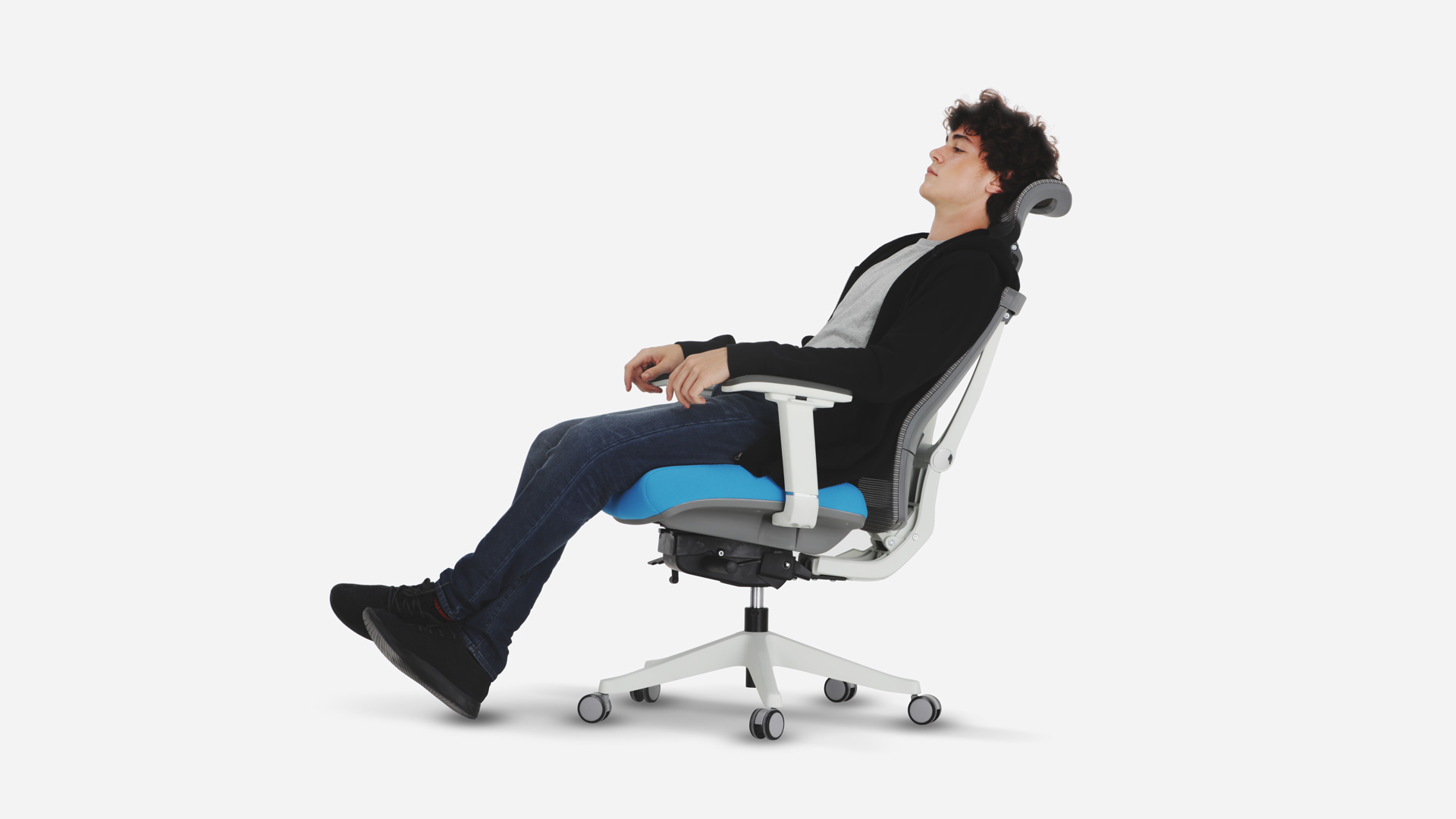
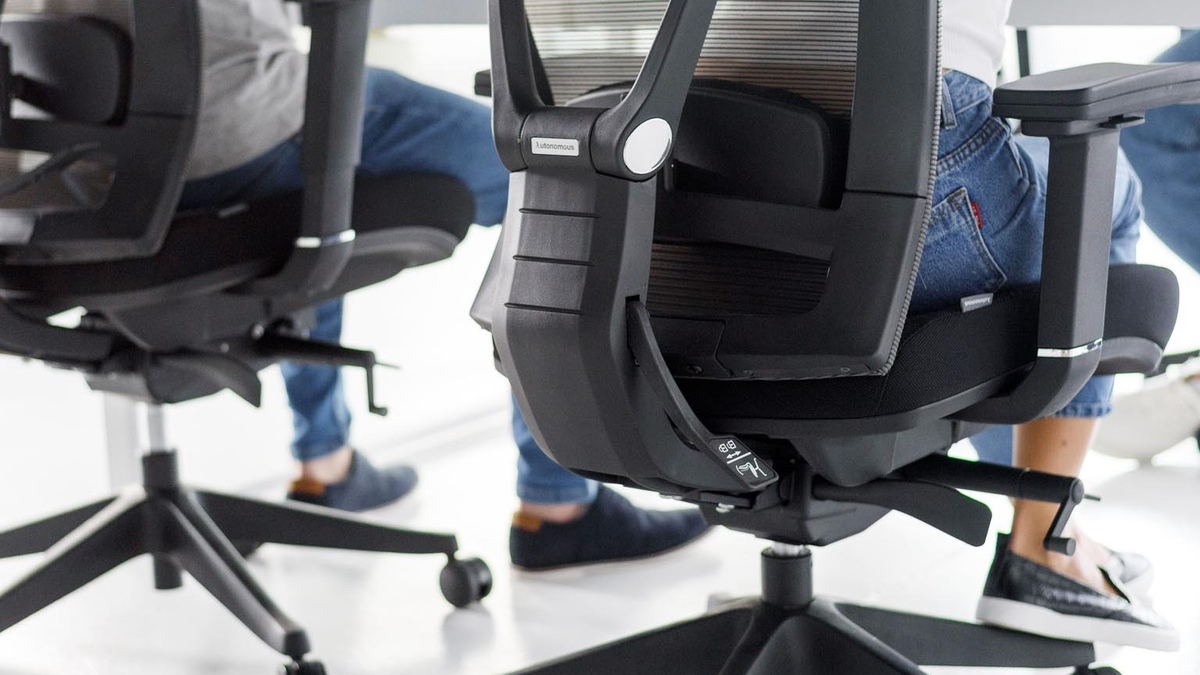
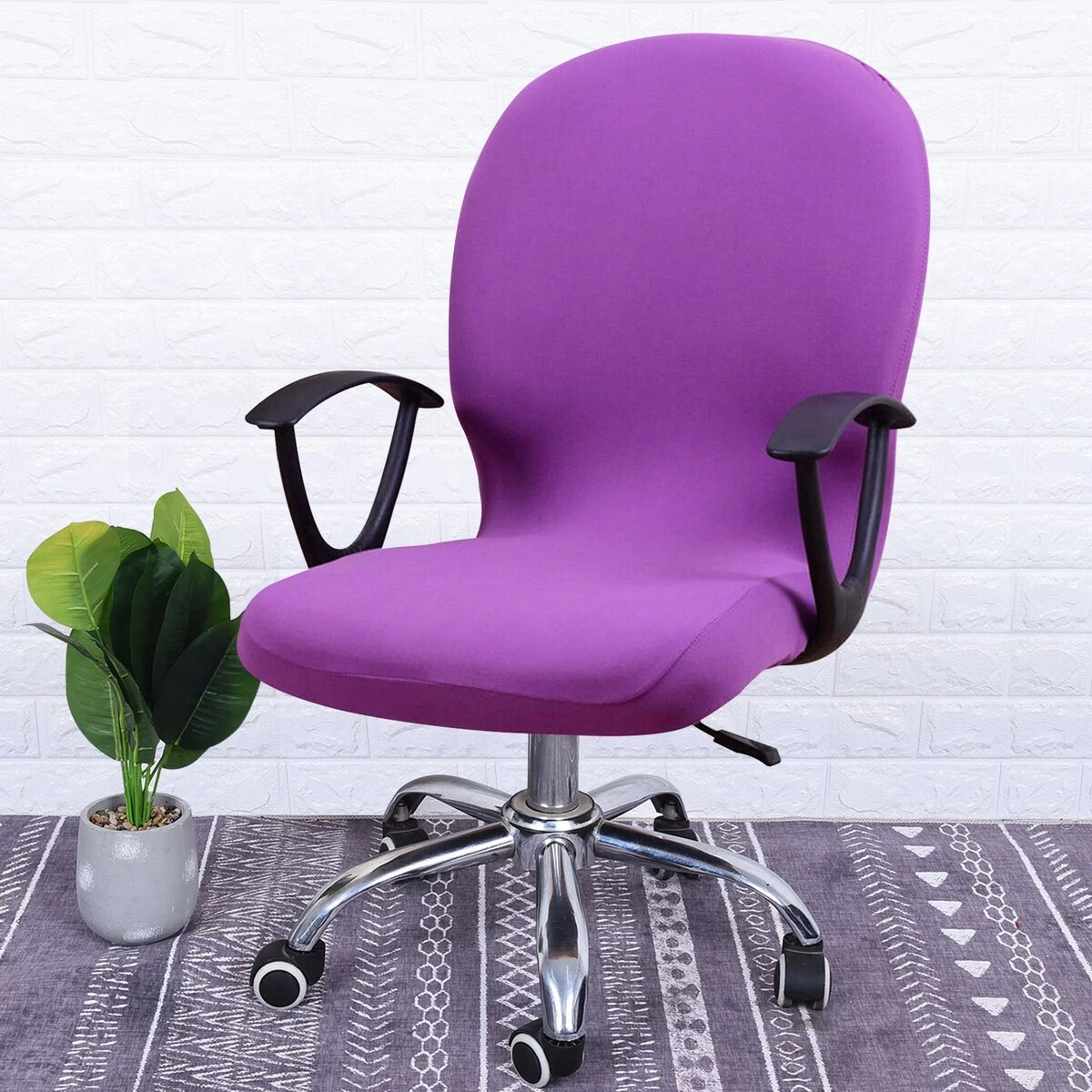

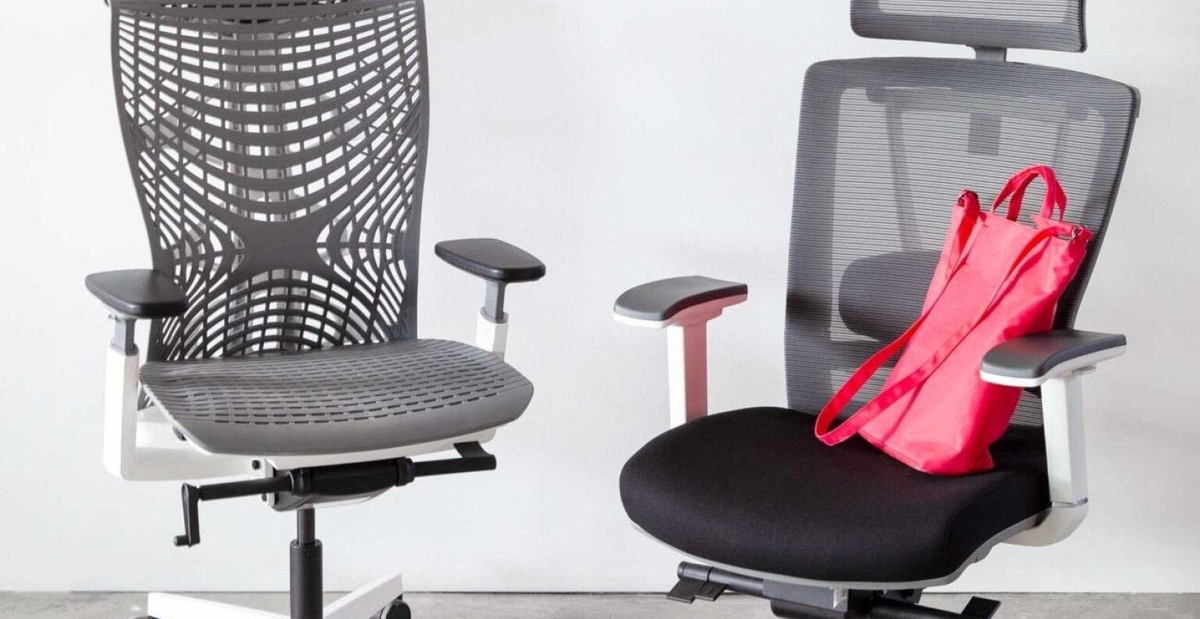
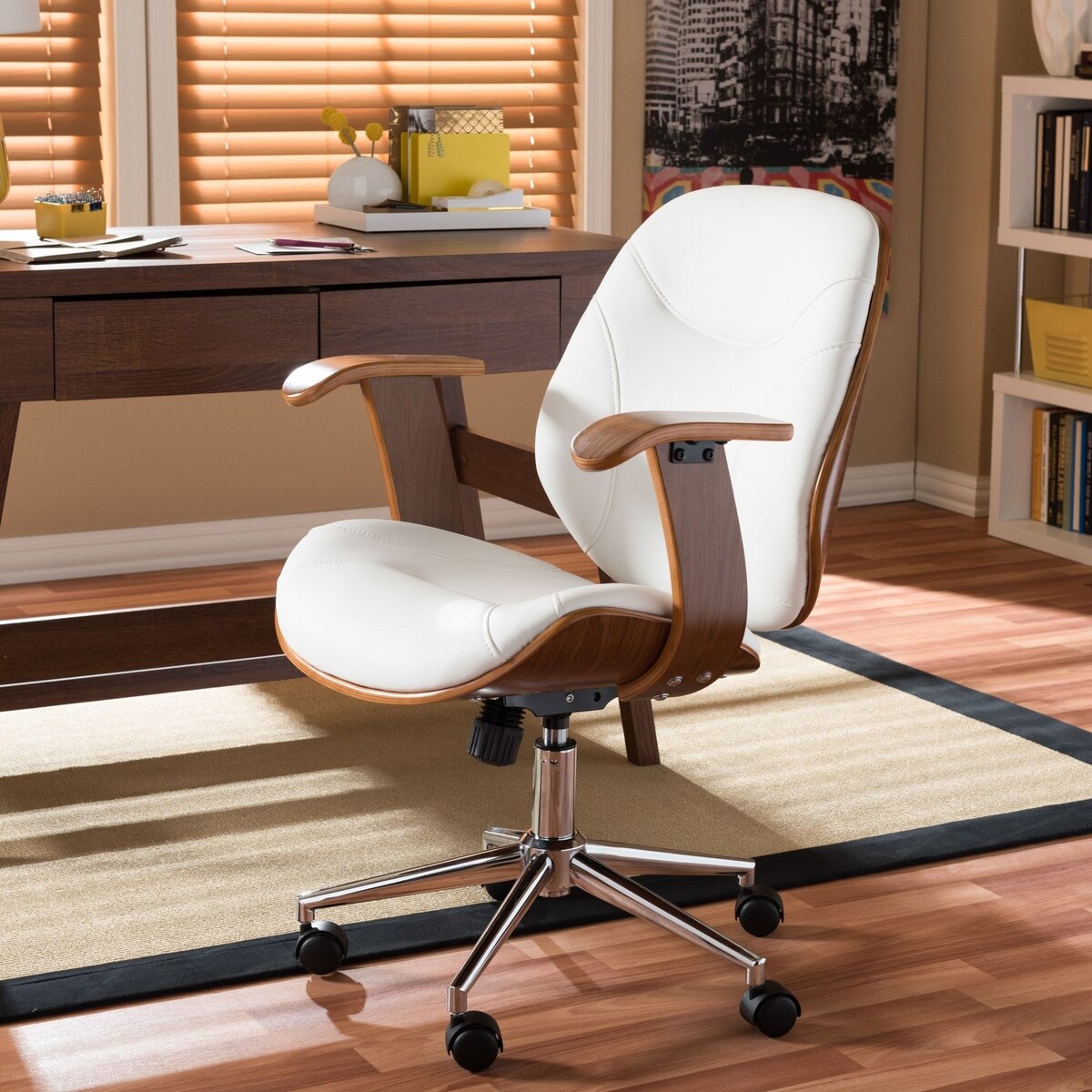
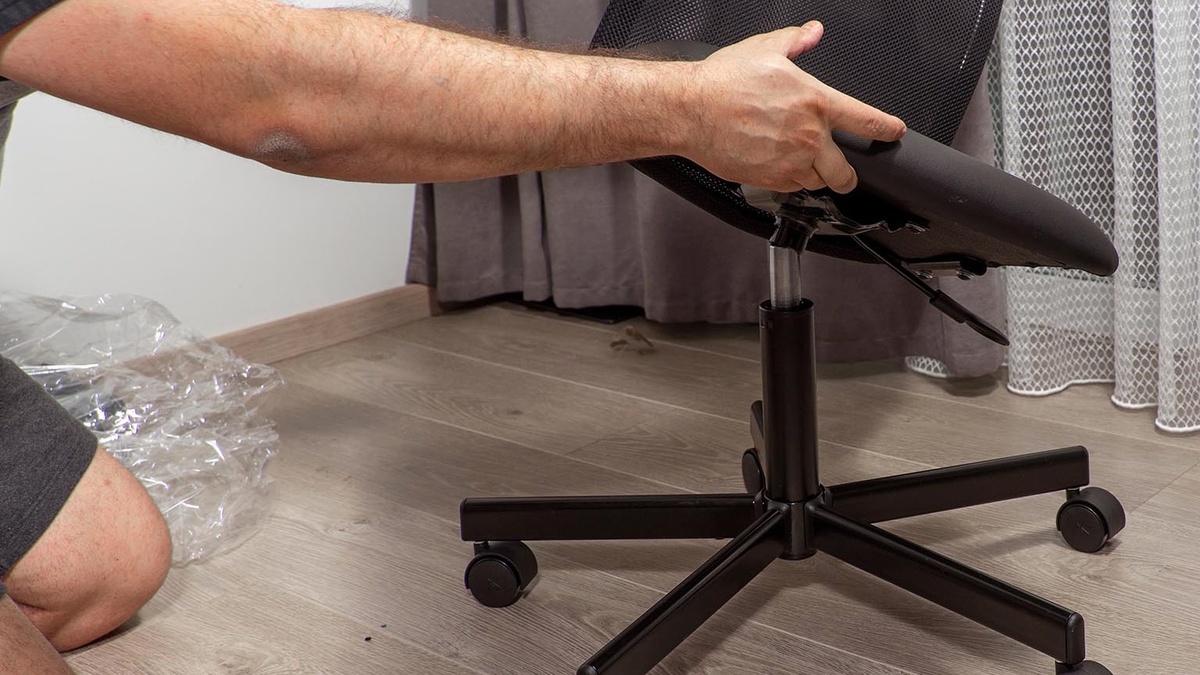
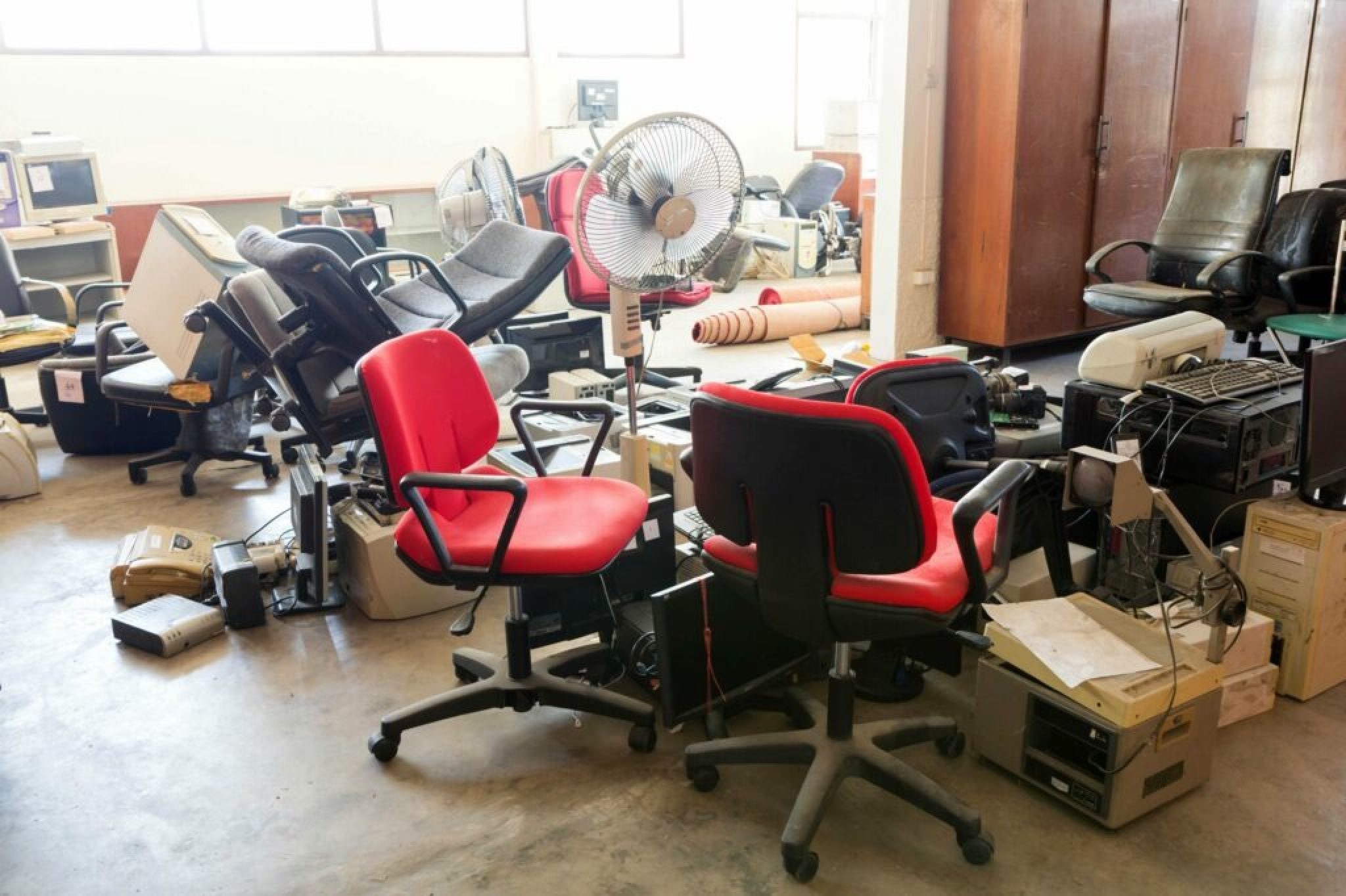
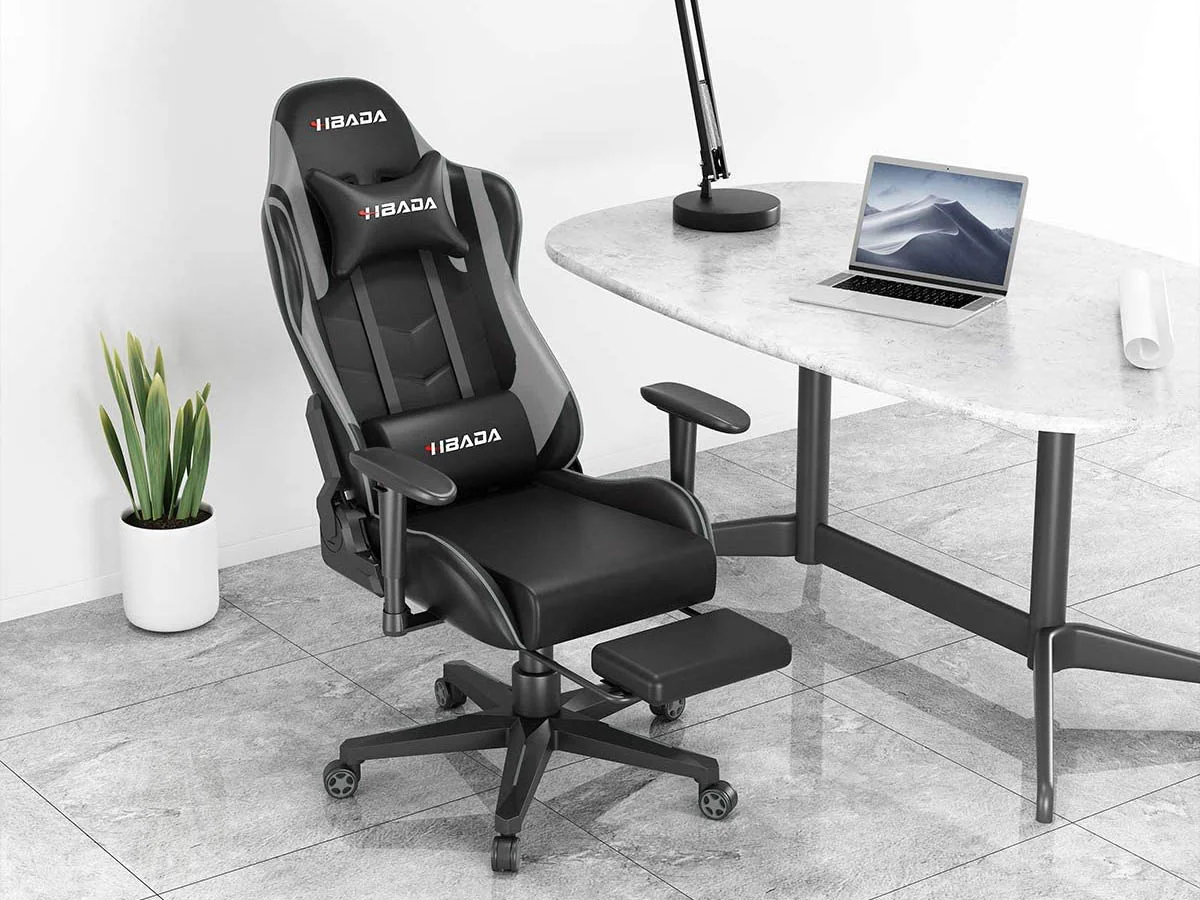
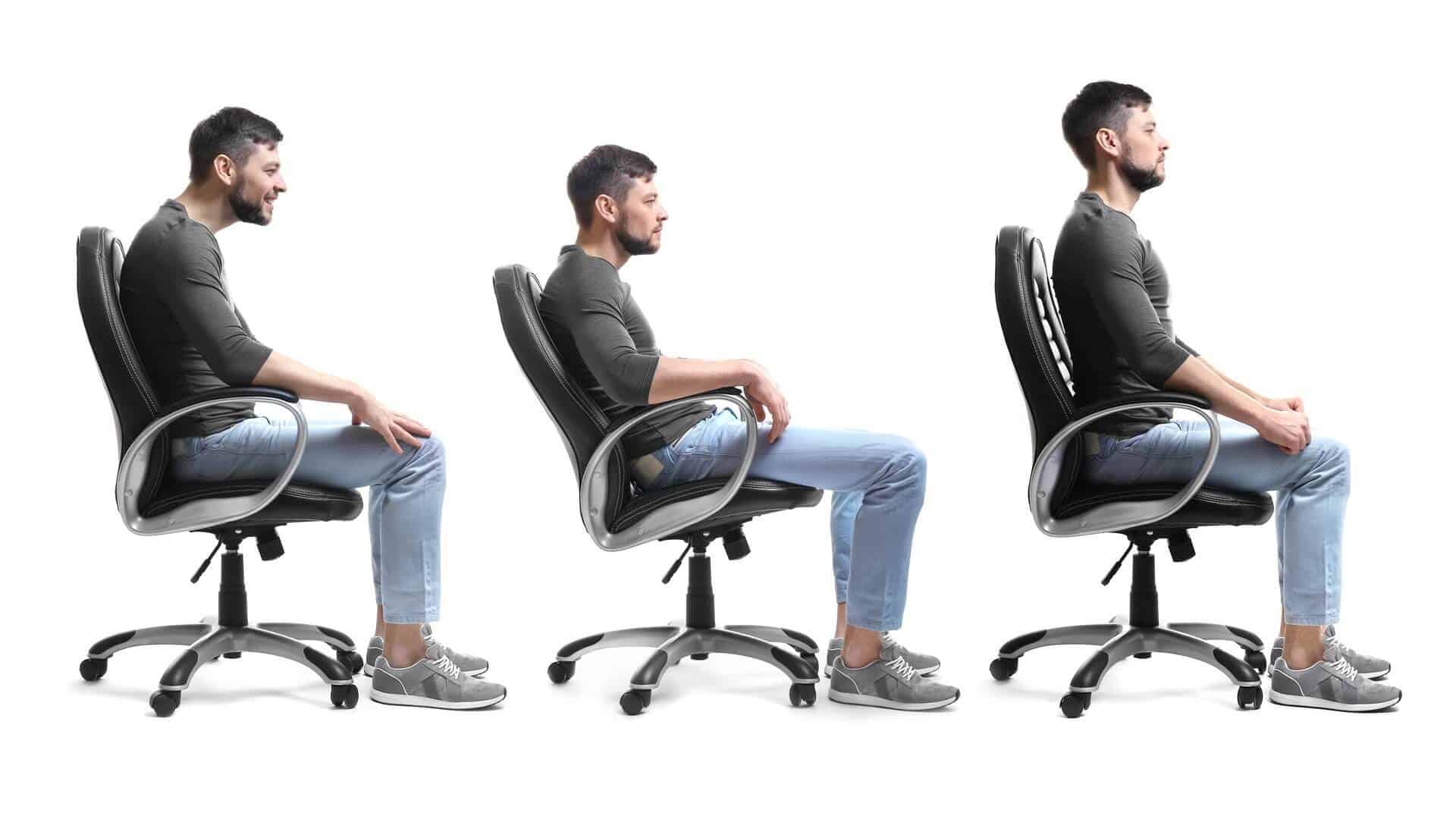
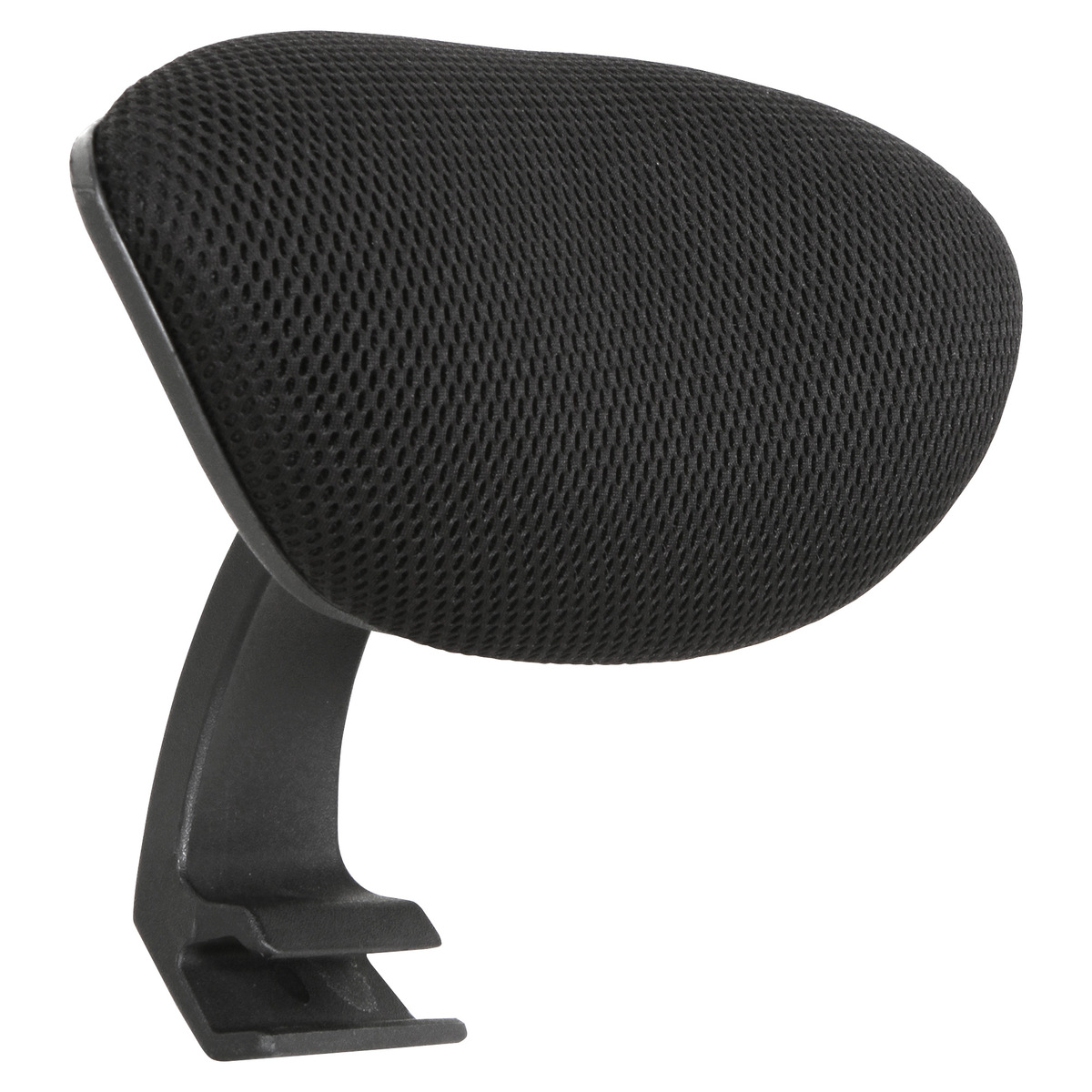

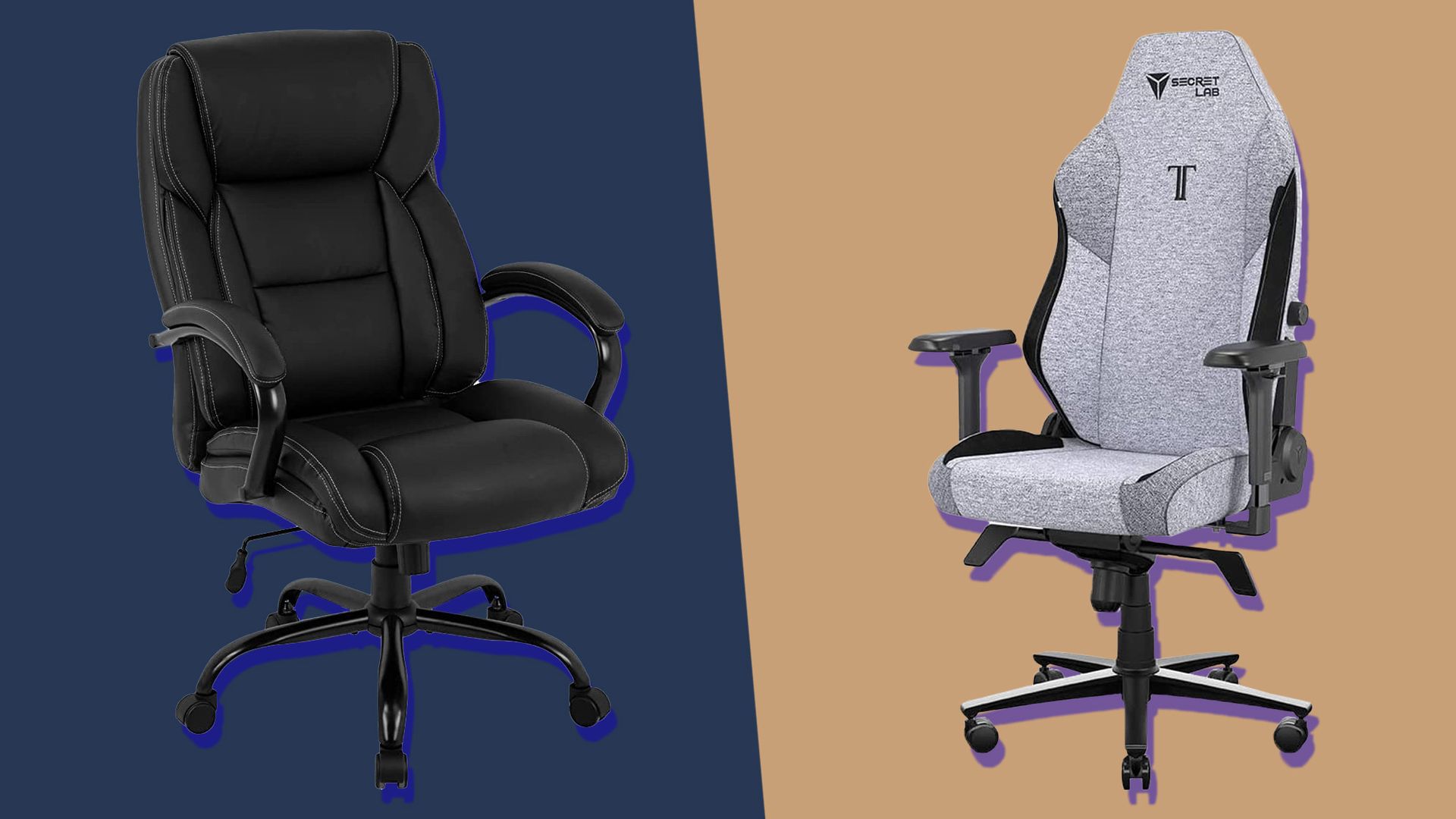
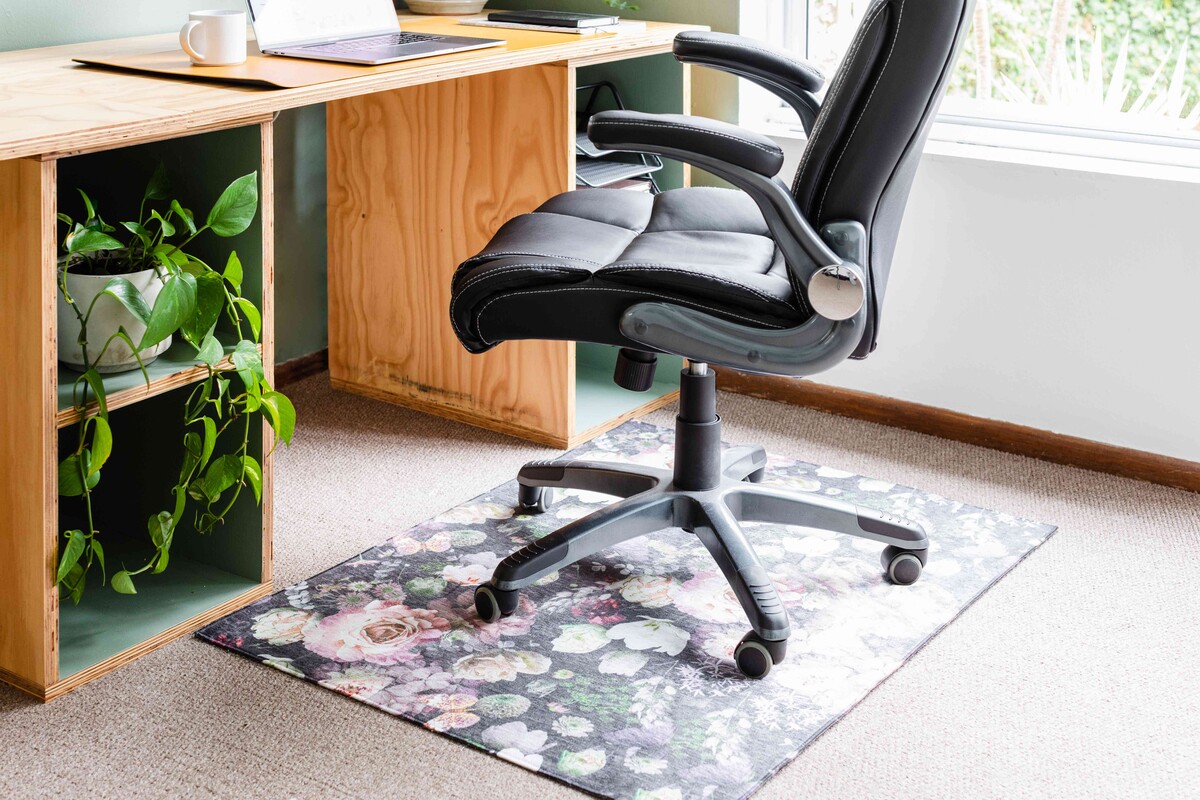

0 thoughts on “How Often To Replace An Office Chair”